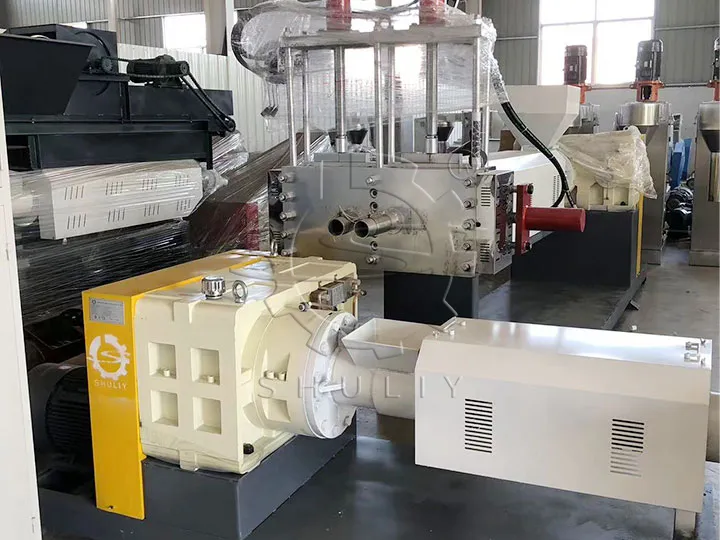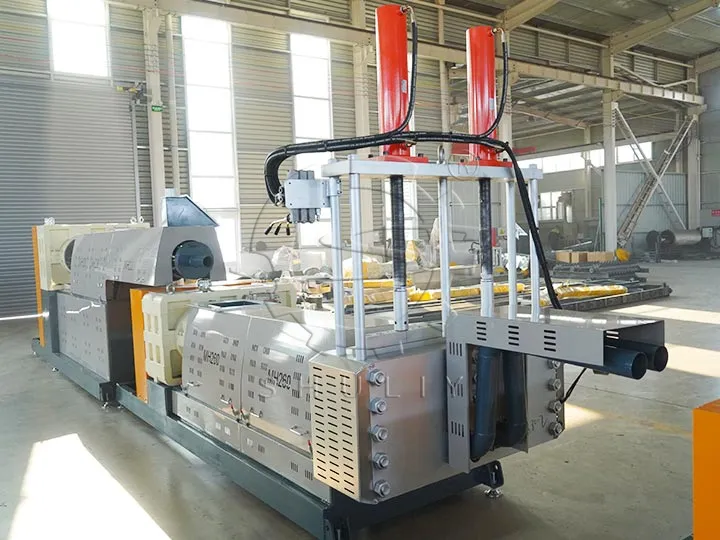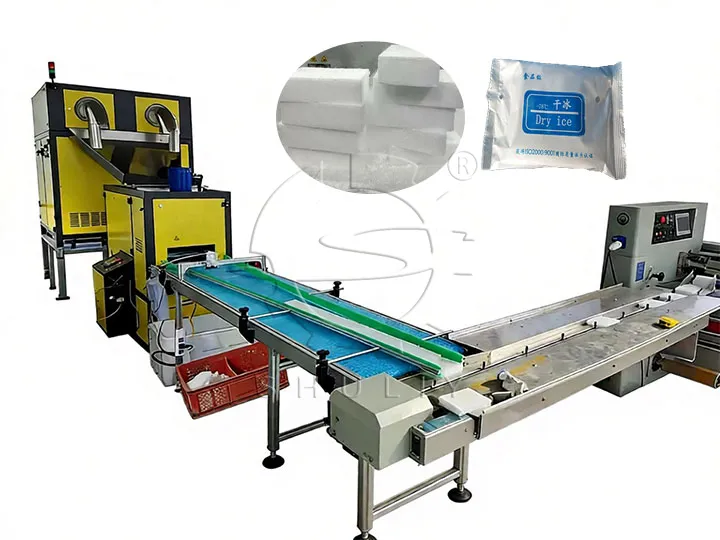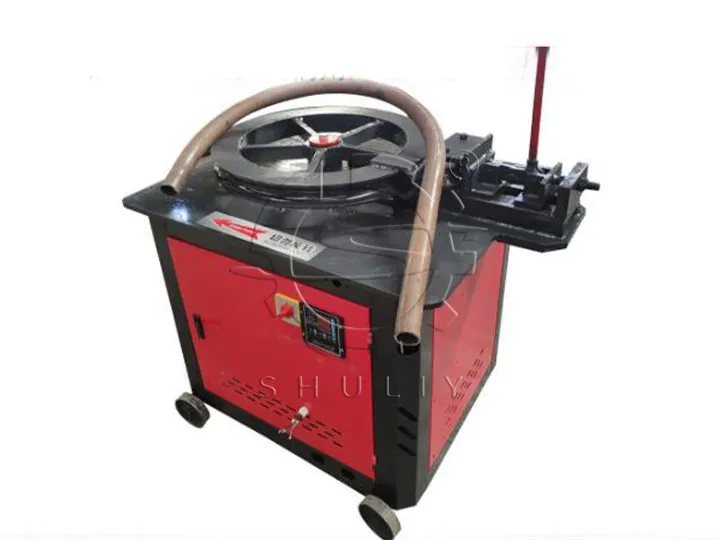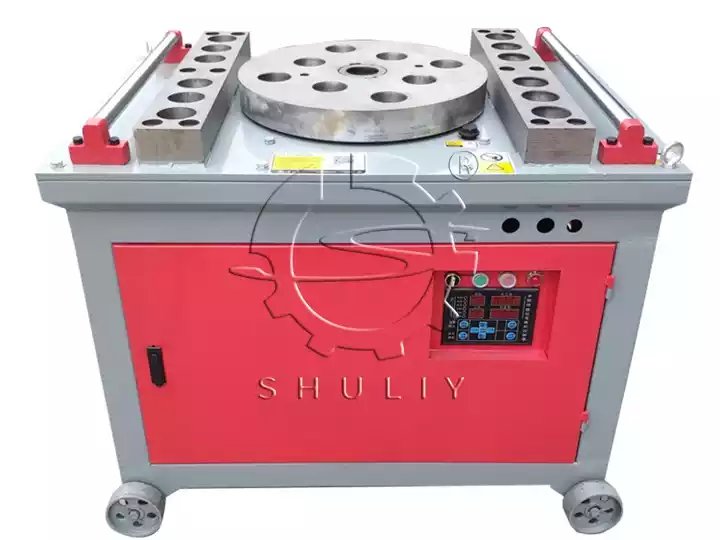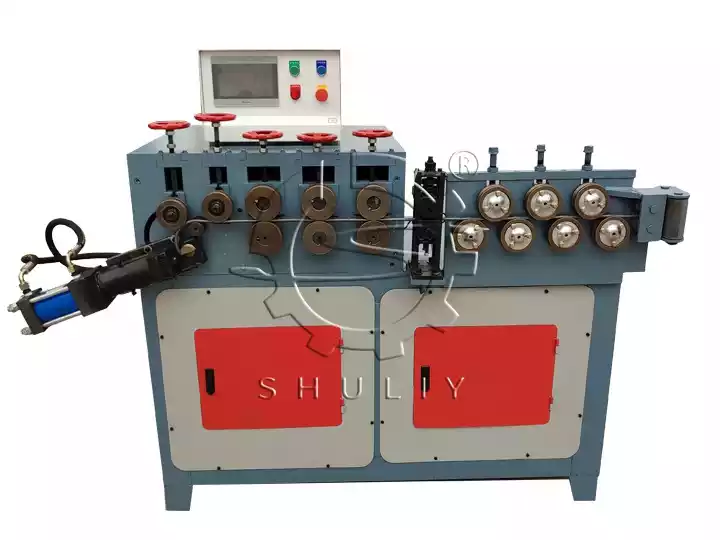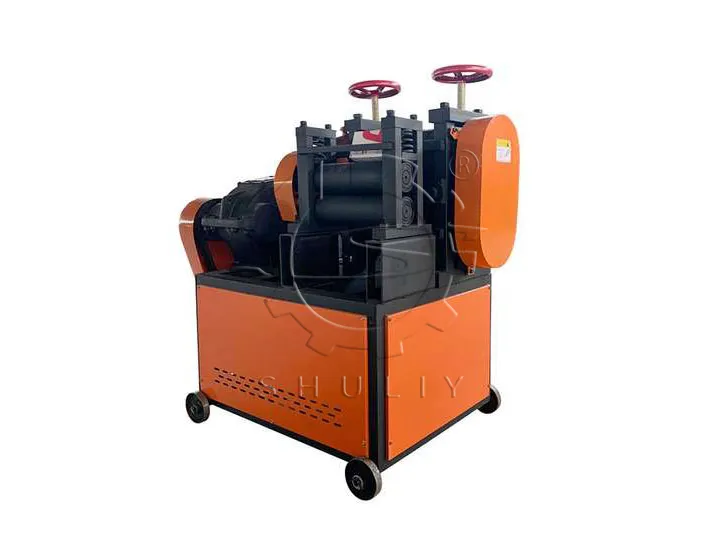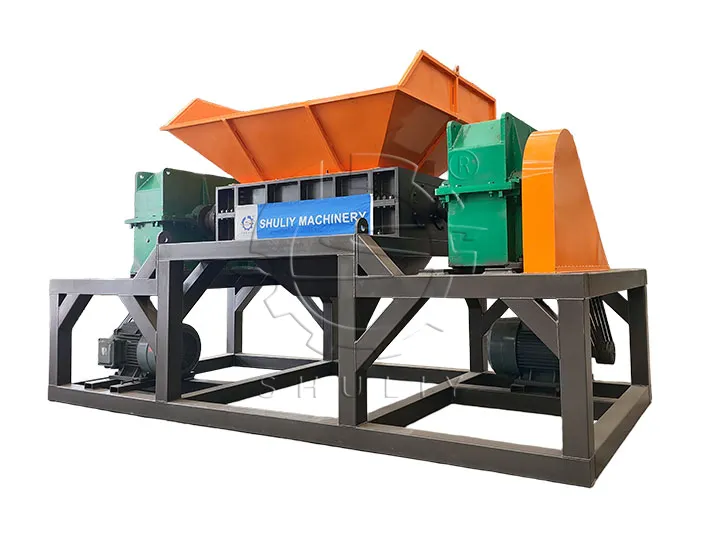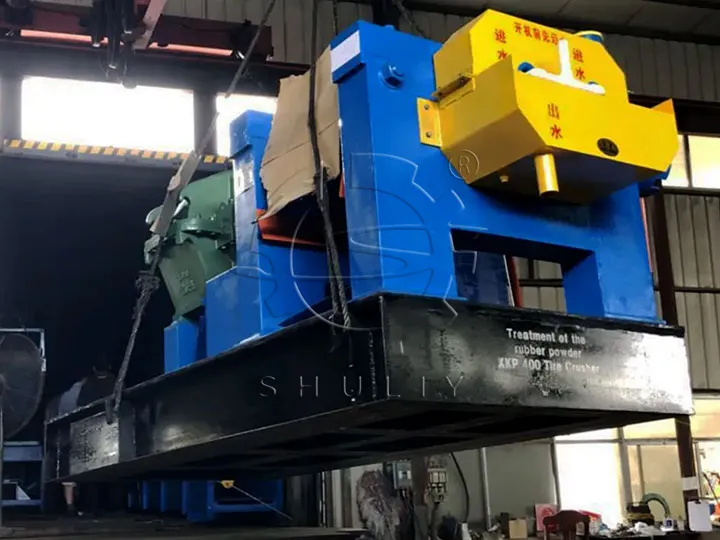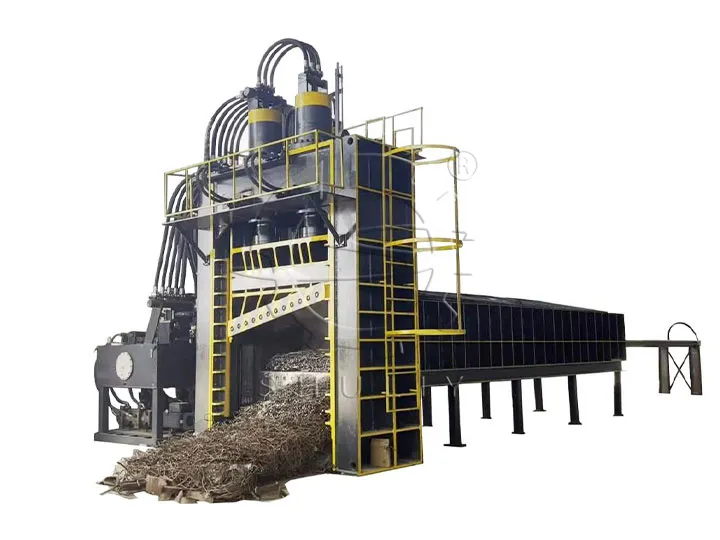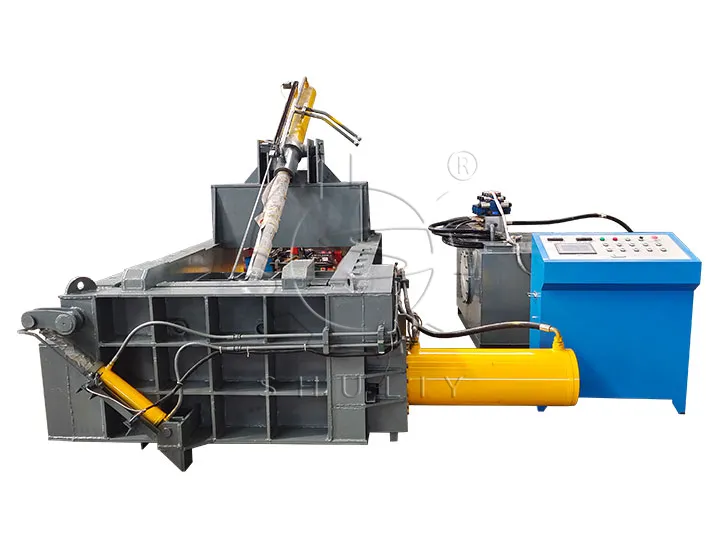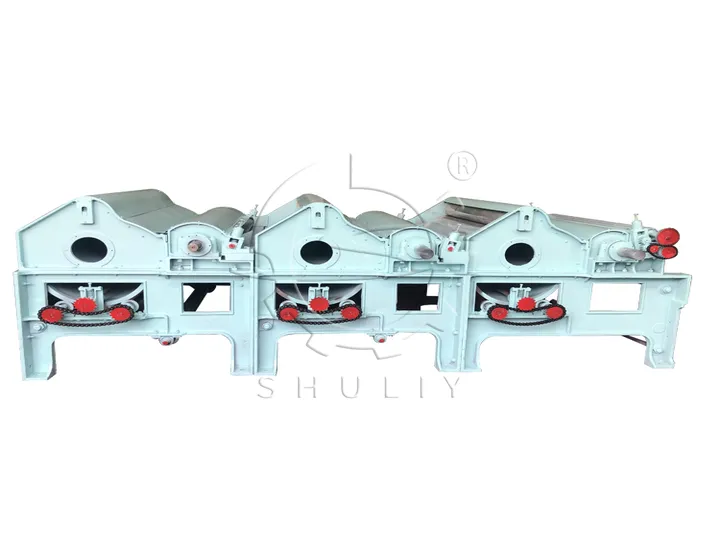In the plastic recycling process, the pelletizer machine plastic is a crucial piece of equipment used to process plastic raw materials into granules for subsequent molding processes. However, sometimes there are some accidents during the production process, such as the appearance of black spots in the plastic granules. So, where do these black spots come from? Let’s take a closer look.
Reasons For Black Spots On Plastic Pellets
Quality Of Raw Materials
One of the reasons for the appearance of black spots in plastic pellets could be a problem with the raw material itself. Sometimes, the raw material may have been contaminated during production, transport, or storage, resulting in impurities being mixed in, which may be one of the sources of the black spots.
Contamination During Processing
During the operation of the pelletizer machine plastic, if there is contamination in the equipment itself or its ancillary parts, such as barrels, screws, and other components, or if unclean cooling water is used, this may result in the appearance of black spots on the plastic pellets.
Excessive Temperature
Plastics need to be heated to a certain temperature during processing to facilitate plastic deformation, but excessively high temperatures can lead to the thermal decomposition of the plastic and the production of colored or black impurities, which can form black spots in the plastic pellets.
Pelletizer Machine Plastic Wear
If the parts of the pelletizer machine plastic are badly worn, such as scratches or abrasions on the surface of the screw, these abrasions may be mixed into the plastic and form black spots.
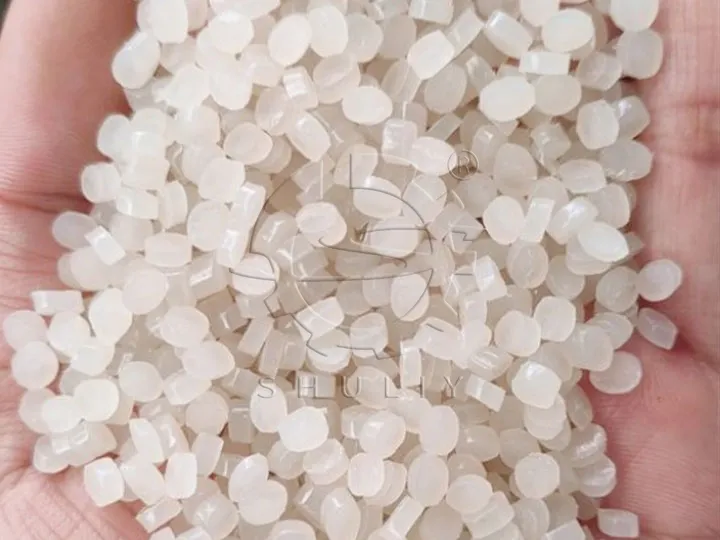
How Do You Solve The Black Spot Problem?
- Enhance the screening of raw materials: Strict screening and cleaning of plastic waste before production to remove impurities and foreign matter.
- Regular Cleaning and Maintenance of Equipment: Perform regular cleaning and maintenance of the waste plastic granulator machine and its ancillary equipment, especially checking key components such as barrels and screws to ensure cleanliness and normal operation of the equipment.
- Processing temperature control: In the process of processing, strictly control the heating temperature to avoid too high a temperature leading to thermal decomposition of the plastic to produce impurities.
- Timely replacement of worn parts: Once you find that the key parts of the pelletizer machine plastic have obvious wear and tear, replace them in time to prevent the wear and tear from contaminating the plastic granules.
